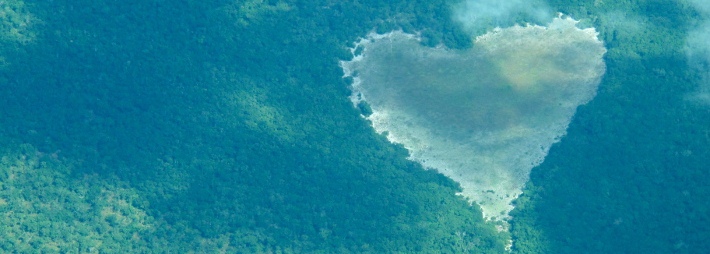
This project is addressing a key issue in fundamental research – one that has challenged ecologists ever since Darwin’s time – that is why some species are common, and others rare, and why, despite marked turnover at the level of individual species abundances, the structure of a community is generally conserved through time. Its aim is to examine the temporal dynamics of species abundance distributions (SADs), and to assess the capacity of these distributions to withstand change (resistance) and to recover from change (resilience). These are topical and important questions given the increasing impact that humans are having on the natural world.
There are three components to the research.
- First, we are modelling SADs to predict responses to a range of events including climate change and the arrival of invasive species and developing ways of assessing temporal turnover.
- Second, we are testing predictions concerning the resistance and resilience of SADs by a comparative analysis of existing data sets (that encompass communities in terrestrial, freshwater and marine environments for ecosystems extending from the poles to the tropics, as well as palaeontological data sets) and through a 5 year field experiment that quantifies temporal turnover across a community (unicellular organisms to vertebrates) in relation to factors both natural (dispersal limitation) and anthropogenic (human disturbance) thought to shape SADs.
- In the final part of the project we will apply these new insights into the temporal dynamics of SADs to conservation in Europe and in the Amazonian flooded forest.